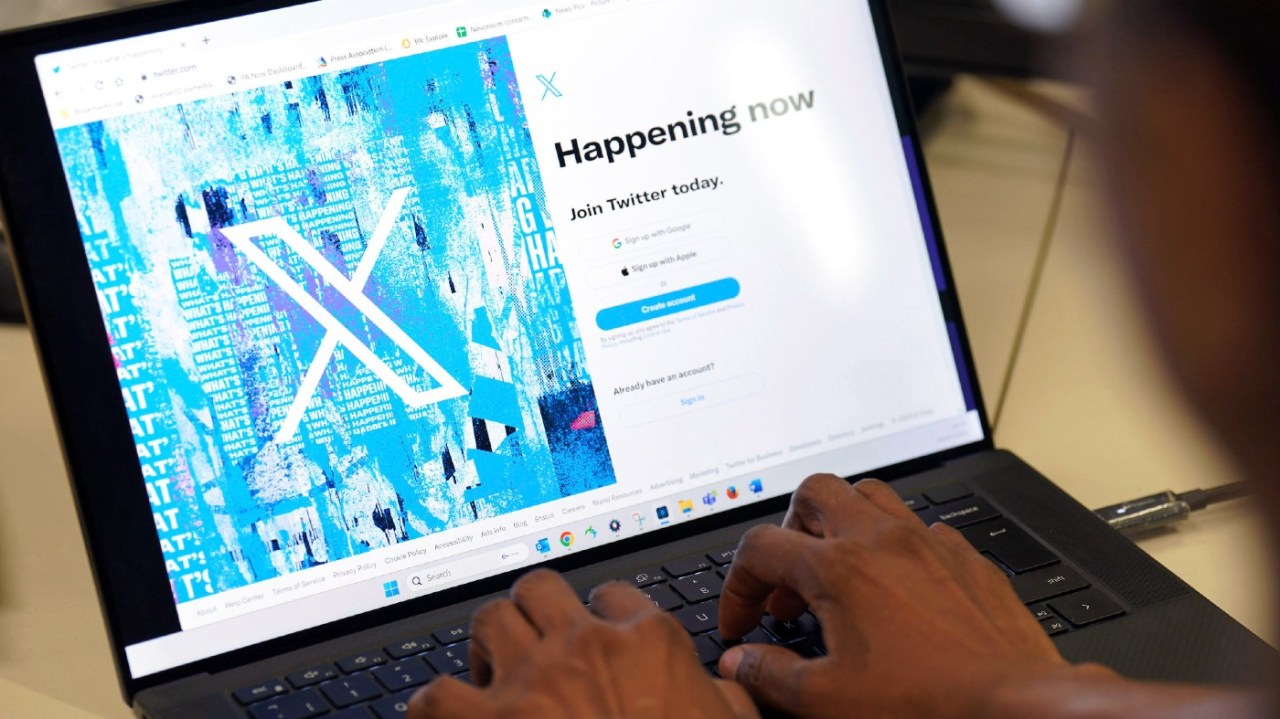The accounts of several Russian, Chinese and Iranian state media outlets saw a 70 percent increase in engagement on X, the platform formerly known as Twitter, after it removed labels identifying them as “state-affiliated,” according to a new report released Tuesday.
The recent analysis from NewsGuard, which analyzes media trends and disinformation, found that 12 state media accounts from the three countries saw the number of likes and reposts on their content jump from 2.93 million in the 90 days before X removed the “state-affiliated” labels to 4.98 million in the 90-day period afterward.
Russia’s RT, which was already receiving substantially more engagement than the other state media outlets before the label’s removal, saw interactions with its posts nearly double in the three months after the change, jumping from 1.3 million to 2.5 million.
Iran’s PressTV similarly saw its engagement increase by about 97 percent, rising from 215,000 to 425,000 interactions after X’s removal of the “state-affiliated” label, according to NewsGuard.
Russia’s TASS also saw a 63 percent increase in engagement, receiving 493,000 interactions in the three months after the change, while engagement with posts from China’s Global Times rose by 26 percent to 314,000 interactions.



Couldn’t label NPR as state sponsored so removed the label entirely?
Other way around. Musk’s backers wanted the state media label gone, so he applied it to legit sources so it would be destroyed by the outcry.
Musk wasn’t wrong in applying the state media tag to NPR/BBC/CBC. At the end of the day, they are funded by the state.
deleted by creator
There’s a difference between state-funded and partisan state media. And technically all major newspapers in Canada get some funding from the government, for example.
They didn’t label e.g. DW, which very much is state-fundend, not public, media. They’re not even allowed to broadcast within Germany: Not only is it state TV, on top of that it’s federal state TV. Broadcasting in Germany is prerogative of the states, the federation plain and simply doesn’t get to do it.
Disclosing ownership/financing structures of media outlets is never a bad thing. DW is in every way whatsoever Germany’s foreign propaganda outlet, it has some very clear editorial lines aligning it 110% to German foreign policy. That it also has better journalistic integrity than the BBC not to speak of Radio Liberty or any large privately-financed broadcaster is another topic.
State funding describes a conflict of interest, whether perceived or actual.
There’s an ocean of difference between “funded by a democratic country and operated through an arm’s length organization” and “funded by a totalitarian dictatorship to be an apparatus of the state”.
– Dril
Does that claim remove the existence of conflict of interest?